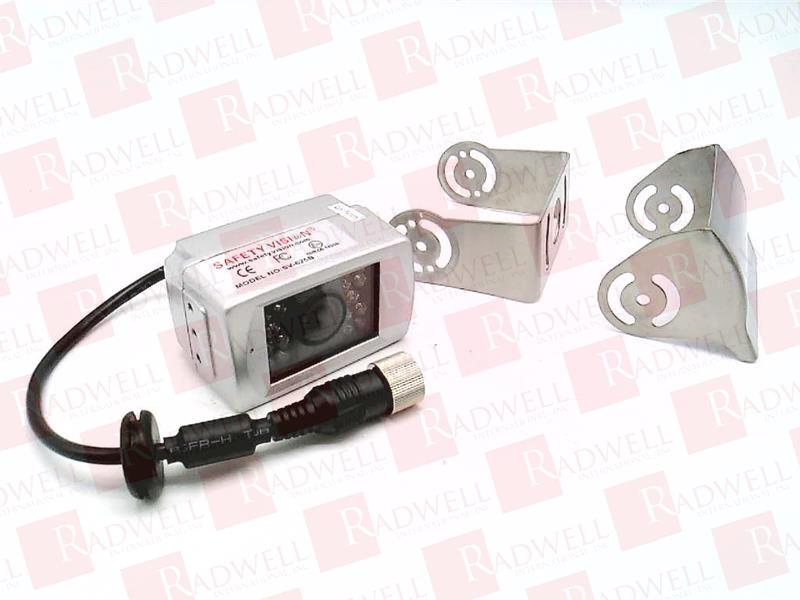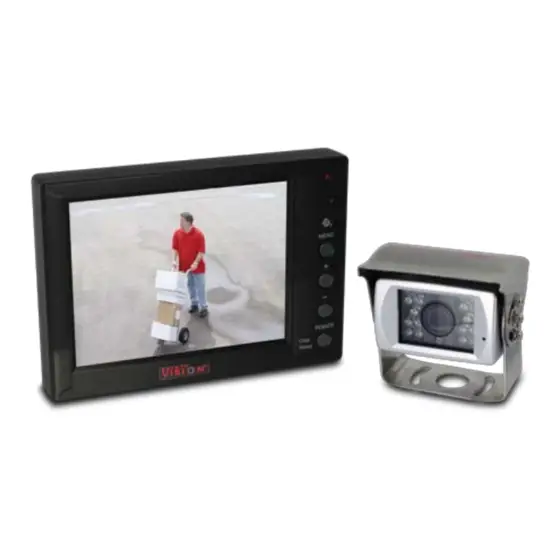Safety Vision backup camera troubleshooting involves identifying the specific issue and resolving it accordingly. In this guide, we will explore common problems and provide effective solutions to ensure your backup camera functions optimally.
Having a reliable backup camera is essential for vehicle safety, as it provides enhanced visibility and helps prevent accidents. However, like any electronic device, backup cameras can sometimes encounter issues that need troubleshooting. Whether you are a fleet manager or an individual vehicle owner, knowing how to identify and resolve these problems can save you time and frustration.
In this comprehensive guide, we will discuss common troubleshooting steps for Safety Vision backup cameras. By following these steps, you can quickly diagnose and fix any issues, allowing your backup camera to operate smoothly and provide the necessary visibility when reversing or parking your vehicle.
Troubleshooting No Video Output
If you’re experiencing no video display on your safety vision backup camera monitor, there are a few steps you can take to identify and resolve the issue:
- Check Camera Power Supply: Make sure the camera is receiving power. Check the connections and ensure the power source is functioning properly.
- Verify Video Cable Connection: Ensure that the video cable between the camera and the monitor is securely connected. Loose connections can result in no video output.
- Reset Camera Settings: Some cameras have a reset button or a menu option to restore default settings. Try resetting the camera to see if it resolves the issue.
- Test Camera on Another Monitor: Connect the camera to a different monitor to determine if the problem lies with the camera or the monitor. If the camera functions properly on another monitor, the original monitor may be faulty.
By following these troubleshooting steps, you can identify and fix the issue with no video output on your safety vision backup camera monitor.
Troubleshooting Poor Video Quality
Troubleshooting Poor Video Quality:
One of the common issues you may encounter with Safety Vision backup cameras is blurry or distorted images. To address this problem, follow these steps:
- Adjust Camera Focus: Ensure that the camera focus is properly set. Refer to the camera’s instruction manual for guidance on adjusting the focus.
- Clean Camera Lens: Dust, dirt, or smudges on the camera lens can affect the video quality. Clean the lens using a soft, lint-free cloth.
- Check Video Cable Quality: Inspect the video cable for any signs of damage or loose connections. Replace the cable if necessary.
- Ensure Proper Grounding: Poor grounding can introduce interference and affect the video signal. Make sure the camera is properly grounded according to the manufacturer’s instructions.
If you’re still experiencing poor video quality after troubleshooting these issues, it may be necessary to contact a professional technician for further assistance.
Troubleshooting Loss Of Signal
Troubleshooting Loss of Signal:
If you are experiencing a loss of signal on your Safety Vision backup camera, there are a few potential causes and solutions to consider.
- Check Camera Power Supply: Ensure that the camera has a stable power connection. Check for any loose or damaged wires and make sure the power source is functioning properly.
- Inspect Video Cable for Damage: Check the video cable connecting the camera to the monitor for any signs of damage or connectivity issues. Replace the cable if necessary.
- Verify Wireless Transmitter Connection: If you have a wireless backup camera system, ensure that the transmitter is securely connected to both the camera and the monitor. Check for any interference or obstacles that may be affecting the signal.
- Test Camera in Different Locations: Move the camera to different locations to see if the loss of signal persists. This will help determine if the issue is related to the camera’s position or other external factors.
By following these troubleshooting steps, you can address the issue of a lost signal on your Safety Vision backup camera and ensure proper functionality.

Credit: www.radwell.com
Frequently Asked Questions Of Safety Vision Backup Camera Troubleshooting
How Do I Troubleshoot A Safety Vision Backup Camera?
To troubleshoot a Safety Vision backup camera, start by checking the power source and connections. Make sure the camera is securely mounted. If the camera is not turning on or displaying a clear image, check the cables and connections for any damage.
Additionally, verify that the monitor or display unit is functioning properly.
Why Is My Safety Vision Backup Camera Not Working?
There could be several reasons why a Safety Vision backup camera is not working. Some common issues include a faulty power connection, damaged cables, or a malfunctioning monitor. Ensure that the camera is receiving power, check the cables for any visible damage, and test the monitor with another input source to rule out any potential issues.
How Can I Fix A Distorted Image On My Safety Vision Backup Camera?
If the image from your Safety Vision backup camera appears distorted, it could be due to interference or a misaligned camera lens. Try adjusting the camera lens to improve clarity. Additionally, check for any sources of interference such as nearby objects or electromagnetic devices that may be affecting the signal quality.
What Should I Do If My Safety Vision Backup Camera Is Displaying A Blank Screen?
If your Safety Vision backup camera is displaying a blank screen, start by checking the power connection and cables. Ensure that the camera is receiving power and that the cables are securely connected. If the issue persists, try resetting the camera or contact the manufacturer for further assistance.
Conclusion
To troubleshoot any issues with your Safety Vision backup camera, make sure to follow the steps mentioned in this blog post. By understanding common problems and their solutions, you can ensure optimal performance of your camera system. Remember to stay up-to-date with software updates and regularly maintain your equipment for long-lasting functionality.
Implementing these troubleshooting techniques will help you enjoy a reliable and safe backup camera experience.
